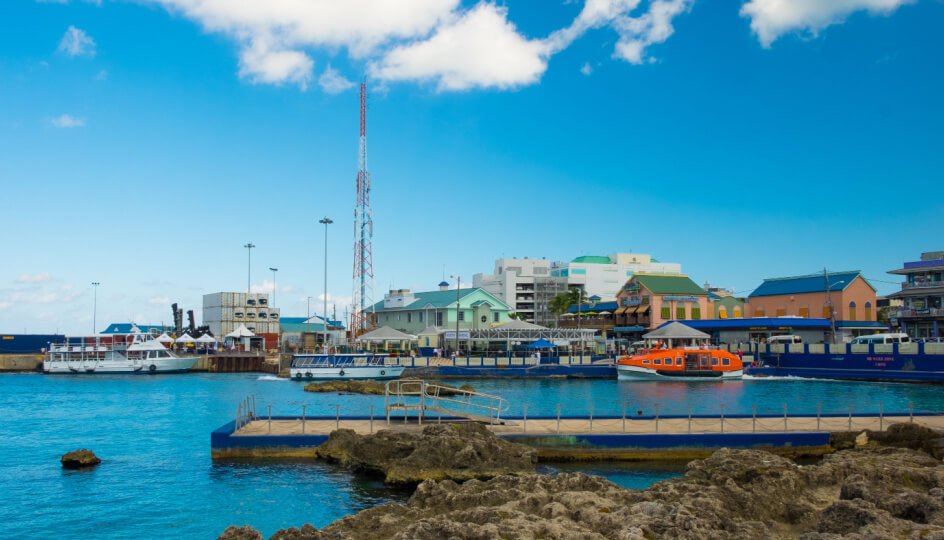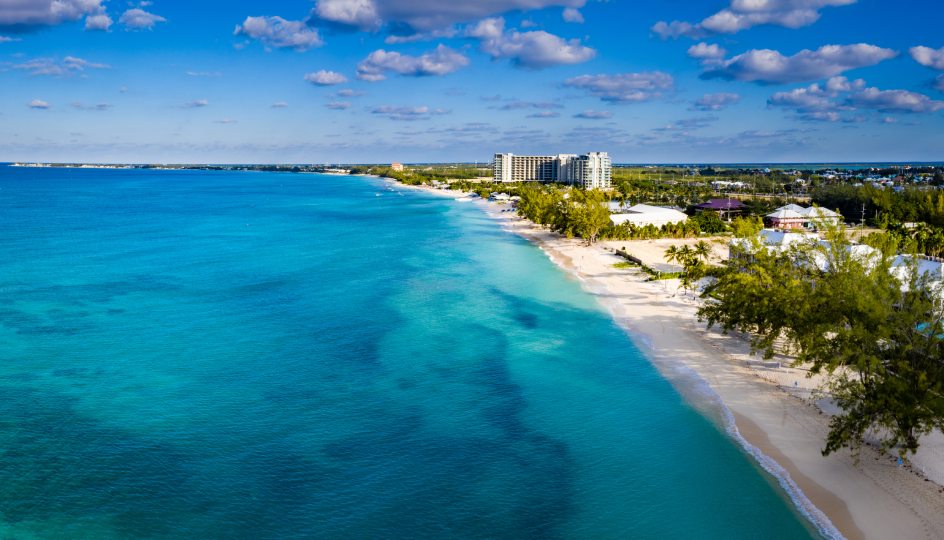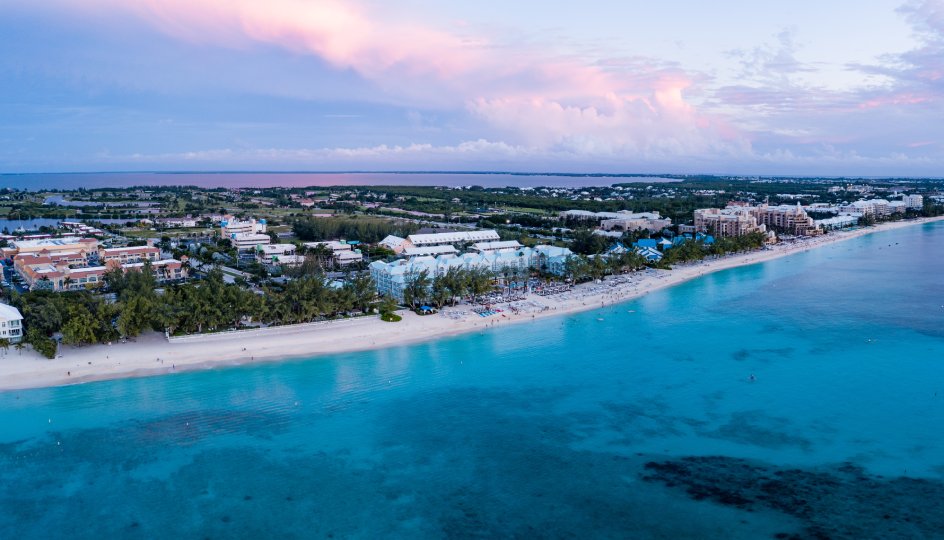Liquidating your Cayman Islands business before year end: practical tips to beat the end of year deadline

Businesses must act now if they’re looking to liquidate a Caymans entity. You should start as soon as possible in order to achieve a dissolution date prior to 31 December 2022, and avoid being liable for the 2023 annual fees in full.
If you are considering winding down your Cayman Islands business before 2022 is over, it’s important you get the ball rolling now, because the process can be a lengthy one. And for fund vehicles, it’s even more critical to get started, given the additional complexities around the requirements of the Cayman Islands Monetary Authority (CIMA).
According to TMF Group’s 2022 Global Business Complexity Index (GBCI) report, the average time taken to dissolve a company in North America continues to increase. Currently, the process takes, on average, six months. In part, this is due to the knock-on effects of the global pandemic, which have played a significant part in the length in which it now takes to terminate a business in locations such as the Cayman Islands.
Entities that are reporting financial institutions (RFIs) under Foreign Account Tax Compliance Act (FATCA) or the Common Reporting Standard (CRS), or are relevant entities conducting relevant activities, as defined in the Economic Substance Act (as revised), may also want to take advantage of a 2022 dissolution date to avoid 2023 reporting with the Cayman Department of International Tax Cooperation (DITC).
What are the options to terminate your structure?
1. Voluntary liquidation
Voluntary liquidation is the appropriate termination procedure in instances where the exempted company has had substantial assets and liabilities and has been active.
The voluntary liquidation must be approved by the appropriate majority required for a special resolution of the shareholders as set out in the Articles of Association. A copy of the special resolution is filed with the registrar and notice of the voluntary liquidation and appointment of the liquidator is published in the Cayman Islands Gazette.
The liquidator is required to advertise the final general meeting once the exempted company’s operations have been fully wound up.
The final general meeting is to be held no less than one month after the date in which the notice is published. The liquidator will then prepare a return in the prescribed form relating to the final meeting which is filed with the registrar.
The exempted company will be deemed dissolved three months from the date of the filing of the return. If the final general meeting (for a company) or a notice of dissolution is filed (for a partnership) and completed no later than 31 January, no Registrar of Companies (ROC) or CIMA fees are due.
What is a compulsory liquidation?
Following the presentation of a petition to The Cayman Islands court by the exempted company or one or more creditors, and/or the shareholders, the exempted company may be liquidated. This winding up petition will nominate a liquidator and briefly summarise the grounds for the petition. An application may also be made for the liquidation to be supervised by the court. Once the liquidation is complete, and the exempted company’s assets have been distributed, the dissolution will be ordered by the court.
2. Strike off
The registrar has the power to strike off an exempted company if it believes that it is no longer carrying on business, or an exempted company may apply to the registrar to be struck off. While a strike off is a simpler and convenient alternative to a liquidation, it’s a less certain method of dissolving an exempted company. Shareholders or creditors who object to the exempted company being struck off may apply to the court for the exempted company to be reinstated, for a period of up to 10 years following the date the company was struck off.
A strike off is generally only suggested where the entity has not carried out any business activity and is free from all assets and liabilities or where it has been dormant for a considerable length of time.
Key dates and considerations
Non-CIMA registered entities: Should you wish to avoid the 2023 annual Cayman Islands’ Registrar of Companies fee, a final general meeting (FGM) must be held on or before 31 January 2023.
For an exempted limited partnership, a notice of dissolution must also be filed by this date. It is possible to complete a straightforward voluntary liquidation within 60-90 days. For companies that act now, this can be achieved before 31 December 2022.
CIMA registered funds (mutual funds or private funds): The liquidation of a registered fund is more complex and generally takes longer than the standard 60-90 days. Under the new guidance issued by CIMA in August 2022, a fund must file the initial deregistration documents with CIMA within 21 days of either the decision to cease trading or cease carrying on its investment activities, or from the date of appointment of a liquidator. The fund will remain active until the deregistration process is fully complete. All required documentation and the submission of the final stub period audit must also be filed. The filing application of “licence under termination” and “licence under liquidation” is no longer available, which means funds will be liable for the 2023 annual fees in full unless the deregistration is fully completed by 31 December 2022.
The CIMA deregistration can run alongside the liquidation, however, the liquidation cannot be formally complete until CIMA has granted the approval to terminate the fund’s registration. Therefore, TMF Group’s ability to act as liquidator can only occur once the CIMA deregistration process is complete.
Enlist help now to beat the deadline
As noted above, the process to begin dissolution should start as quickly as possible if the business wishes to have a 31 December 2022 dissolution date. If the intention is to avoid incurring fees, you have until 31 January 2023 to complete the process. For funds that are CIMA registered, the process is more involved and will take much longer. It is imperative managers take the necessary steps to commence the process immediately, bearing in mind the 21 day notice period recently introduced by CIMA.
If you need help, TMF Group can assist with terminating your Cayman Islands structure before year end. We can:
- Act as assistant to the appointed voluntary liquidator, including attending to all statutory filings and Gazette publications
- Act as voluntary liquidator (only where the entity has no assets or liabilities)
- Prepare all required liquidation/strike off documentation
- Provide guidance throughout the process and monitor timelines/deadlines
- Convene final meetings
- Other services such as final FATCA and CRS filing, CIMA deregistration.
Contact our experts today to find out how we can help terminate your Cayman Island business.





